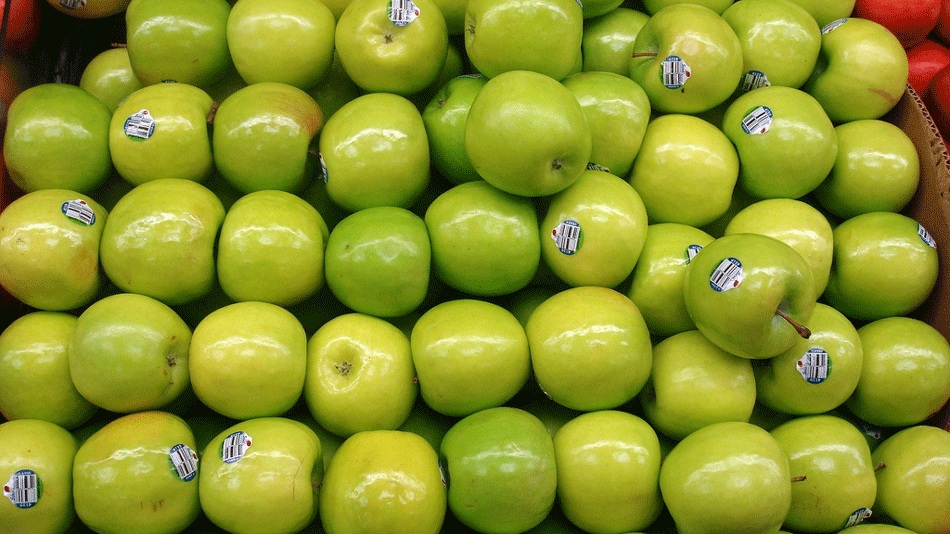Grocery shopping is never as simple as it sounds. Prepping your meal plan for the week, going through your pantry to see what needs refilling, and even combing through the freezer are all things every efficient grocery shopper does before heading to the store. Once you're inside the store, it doesn't stop there. You need to pick out the best meat, the best type of pasta, and decide on the kind of yogurt you want for the week. Produce shopping however, is so much more difficult. For instance, do you know how to tell if you're holding genetically modified produce?
In the United States, a federal law was signed into action in 2016 that states food manufacturers must give consumers information about genetically modified organisms (GMOs), but they are not required to do so on the product packaging. The National Bioengineered Food Disclosure Law will finally go into full effect during this summer. As it turns out, that sticker on your produce is a helping hand now, even before the full law takes goes into effect.
Not just there to get stuck on your counter after you peel it off, the small sticker has an important 5 digit code for produce items. The Price Look-Up codes is how you can determine, without a barcode, if your produce is non-GMO or otherwise.
The International Federation for Produce Standards assigns the five-digit number to each type of item. Remember, all stickers have five numbers, though some growers leave off the first digit of the PLU number, per IFPS guidelines, so there's a four-digit code on the standard PLU code. So here's how to tell what you're holding by PLU codes.
- If the first digit is 0, it is conventionally grown produce.
- If the first digit is 9, it is organic.
- If the first digit is 8, it is genetically modified.
The only genetically modified fresh produce sold in abundance in the United States are corn, papaya, squash, and soybeans.
The sticker of fresh apples above leaves off the first digit, but you can't always assume it is a 0 to indicate fresh produce grown conventionally. Organic produce will typically have signage around it in the store or on the label.
The Disclosure Law's System
The new system that will roll out in 2018 will have three options for labeling products. Here's what you should look for in the grocery store.
Text specified by the USDA: "This product contains ingredients from a genetically engineered crop."
A USDA-developed symbol: This will appear on the food package, but is not yet public information. The Center for Science in the Public Interest writes that in Brazil, genetically engineered content must include a yellow triangle with a T inside.
An electronic or digital link: A QR code or SmartLabel would take the consumer to the website that details, per USDA regulation, the manufacturer's disclosure. Smaller manufacturers have the option to use a telephone number.
Do you think that new produce labels will affect the way you buy groceries? Currently, it's hard to spot GMO foods and other GMO products unless you're in a store that avoids selling those types of fresh produce items. For now, I'm keeping an eye on those little stickers for the produce PLU codes and memorizing the code of the leading digit.




